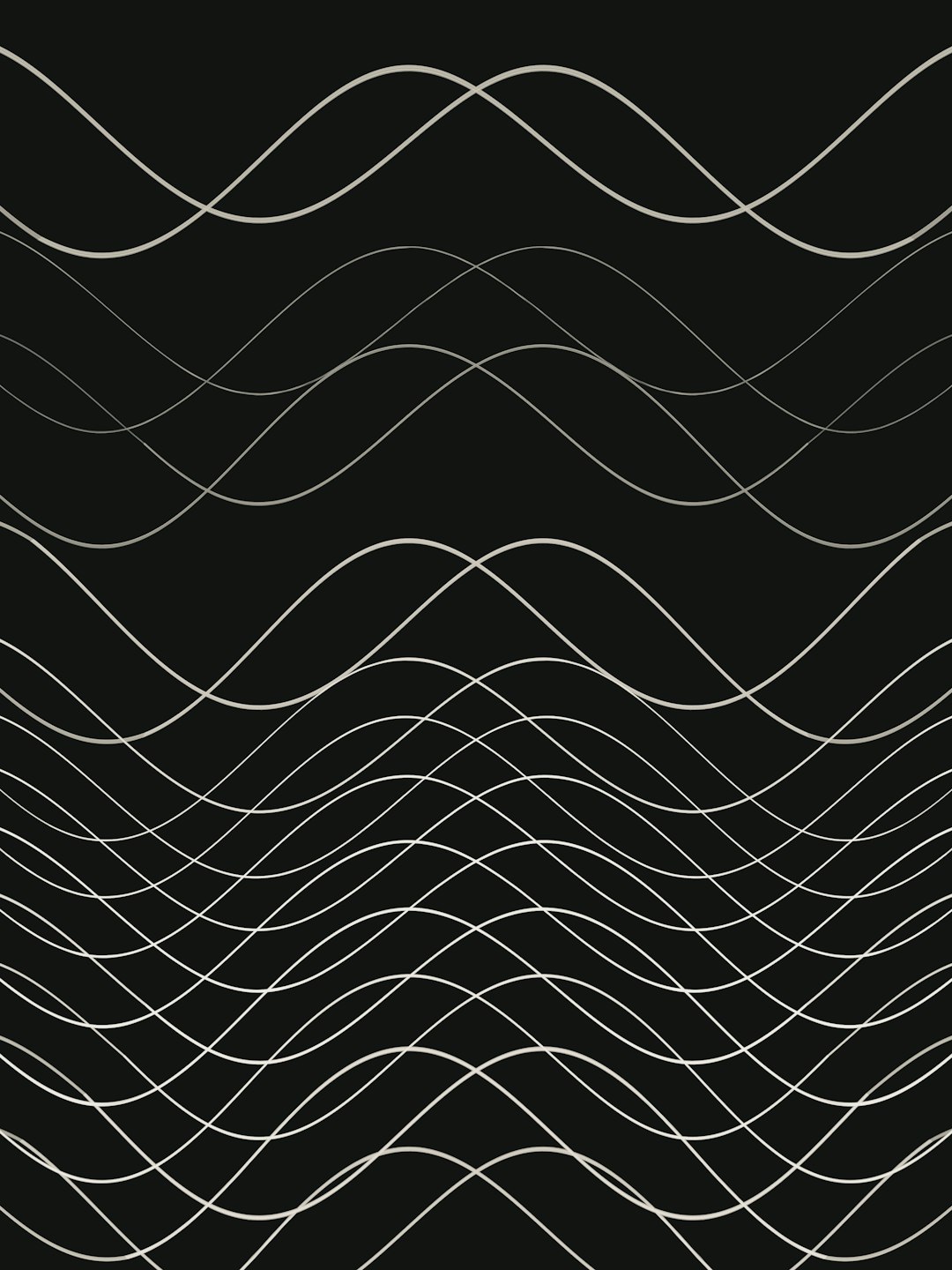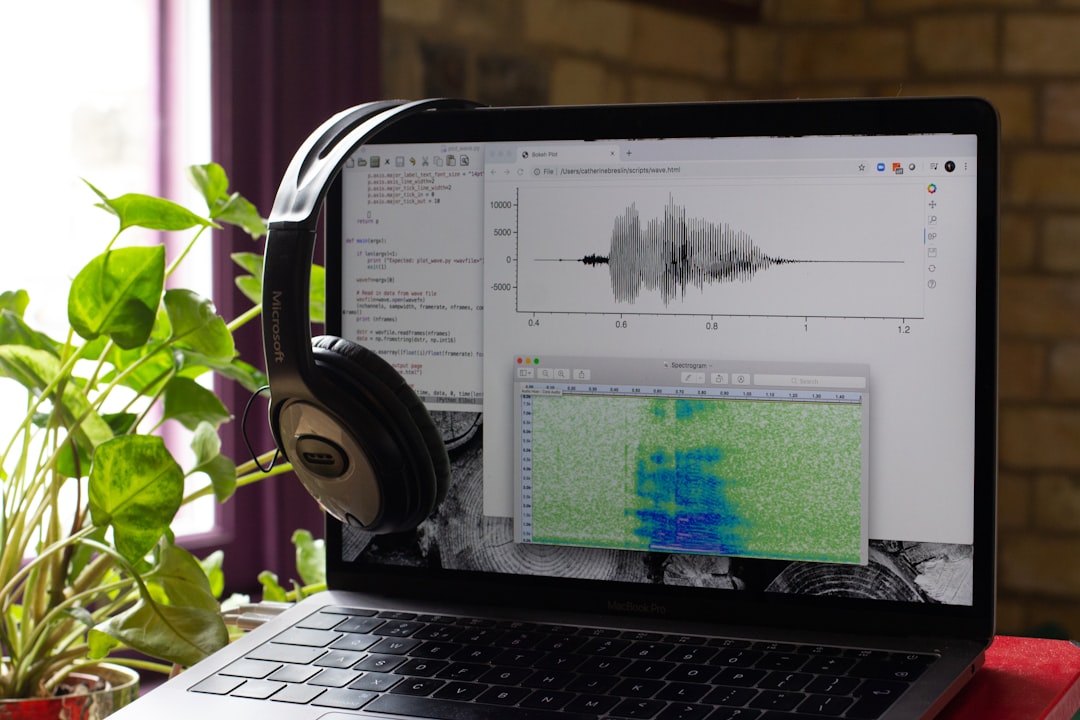When exploring the world of sound, music, electronics, or even light and energy, you’ll often come across the concept of a waveform. Whether you’re an aspiring audio engineer, a budding physicist, or just curious about how sound works, understanding waveforms is essential. In this article, we’ll demystify what a waveform is, how it functions, and why it’s fundamental across multiple disciplines.
What Is a Waveform?
At its core, a waveform is a visual representation of how a signal changes over time. It’s typically used to describe and analyze phenomena that oscillate or vary in a repeating pattern, such as sound waves, electrical signals, and light waves.
Imagine a line graph where the horizontal axis represents time and the vertical axis shows the amplitude or strength of the wave. The shape of the line you see is the waveform.

In simpler terms, a waveform is a way to capture and display how something moves or vibrates—making invisible forces like sound and electricity visible and easier to study.
Understanding the Key Elements of a Waveform
To understand waveforms, it’s important to become familiar with a few basic terms. These elements define the outcomes and characteristics of various types of waveforms:
- Amplitude: This refers to the height of the wave. Higher amplitudes usually mean louder sounds or stronger signals.
- Frequency: Measured in Hertz (Hz), frequency tells you how many times a wave cycles in a second. High-frequency waves are higher-pitched in sound; low-frequency waves are deeper and slower.
- Wavelength: The distance between two identical points on successive cycles of the waveform.
- Phase: A term used to describe a wave’s position relative to another. Phase is important when combining or comparing signals.
These factors collectively determine how a waveform behaves and what kind of signal it represents. Whether you’re measuring a heartbeat in medicine or audio in a recording studio, these core components remain the same.
Types of Waveforms
There are several common waveform shapes you’ll encounter across various applications. Each has its own set of characteristics and uses:
- Sine Wave: This is the most basic waveform. It has a smooth and continuous oscillation. Sine waves are often used to model pure tones in audio or simple alternating current in electricity.
- Square Wave: Characterized by abrupt transitions between high and low states, square waves look like a row of squares. They’re commonly used in digital electronics and synthesizers.
- Triangle Wave: Triangle waves ascend and descend in a linear, zigzag manner. These are useful in sound synthesis because they contain fewer overtones than square waves.
- Sawtooth Wave: These waves ramp upwards or downwards and drop sharply. They’re rich in harmonics and widely used in electronic music.

Each waveform has unique sonic and electronic properties. In audio design, mixing waveform types allows creators to craft unique and rich soundscapes.
Where Do We Encounter Waveforms?
Waveforms are all around us. In fact, every sound you hear, every signal you transmit or receive, and every kind of electromagnetic radiation can be described using waveforms.
Here are some common areas where waveforms play a vital role:
- Audio Engineering: Audio engineers use waveform meters to identify and shape sounds. Waveforms help in setting volume levels, detecting background noise, and applying audio effects.
- Music Production: Synthesizers create artificial waveforms that combine in different ways to form complex musical tones. The visual representation of a waveform helps musicians understand and craft their sounds precisely.
- Medical Devices: Machines like EKGs and EEGs monitor the waveforms of your heart and brain. These graphs are essential for diagnosing health conditions.
- Telecommunications: Signals transmitted through radio, television, or the internet all rely on waveforms to carry information efficiently.
- Physics and Engineering: In labs and design processes, waveform analysis is crucial for understanding vibrations, energy transfer, and system behaviors.
Understanding how and where waveforms appear gives us powerful tools to analyze and interact with the natural world.
What Tools Are Used to View Waveforms?
Because waveforms are representations of invisible movements, we need specialized tools to make them visible:
- Oscilloscope: A device used to view and measure electrical waveforms. It displays voltage changes over time and is critical in electronics and engineering fields.
- DAW (Digital Audio Workstation): In audio production, DAWs allow users to see and manipulate waveforms on screen to refine sound quality and timing.
- Signal Analyzers: These provide detailed performance metrics for complex signals, especially in communications technology.
These tools help professionals troubleshoot problems, improve system performance, and innovate across many technical industries.
Why Waveforms Matter
At first glance, a waveform may just look like a squiggly line on a screen. However, what it represents is profound. It captures the essence of movement, flow, and vibration—something that permeates everything from music to the cosmos.
For beginners, understanding waveforms opens a door to deeper mastery in fields like music production, electronics, and scientific research. The core concept might be simple, but its implications are vast.
Real-World Example: Music and Waveforms
Consider a song being played through a speaker. When you look closely at that audio signal in a DAW, you see a waveform. Each peak and valley represents how loud or quiet that note was at a specific time. Engineers analyze this to adjust volumes, correct timing, and add effects.
The waveform helps to balance a track so one instrument doesn’t overpower others or so certain parts stand out more clearly. Even the distortion effects in rock music work by consciously altering the waveform’s shape to produce a unique sound.
Tips for Beginners
If you’re just starting to explore waveforms, here are a few suggested steps:
- Download audio editing software: Begin with free tools like Audacity or GarageBand to visualize waveforms and play with audio files.
- Study simple wave types: Use online tone generators to hear and see sine, square, and sawtooth waves so you can compare how they sound and look.
- Experiment with synthesis: Try using virtual synthesizers that let you mix waveforms and adjust their characteristics in real-time.
- Watch your environment: Pay attention to oscillating patterns around you—like blinking lights or rhythmic beats—and consider what their waveforms might look like.

Conclusion
Waveforms are the building blocks of numerous systems—acoustic, electric, and biological. Understanding them not only enhances your technical skill set but also broadens your appreciation of how the world functions in patterns and cycles.
Whether you find them in music, medicine, or science, waveforms serve as a bridge between motion and meaning. With just a basic grasp of their shapes and characteristics, you unlock a more profound understanding of the invisible forces that shape our lives every second.
